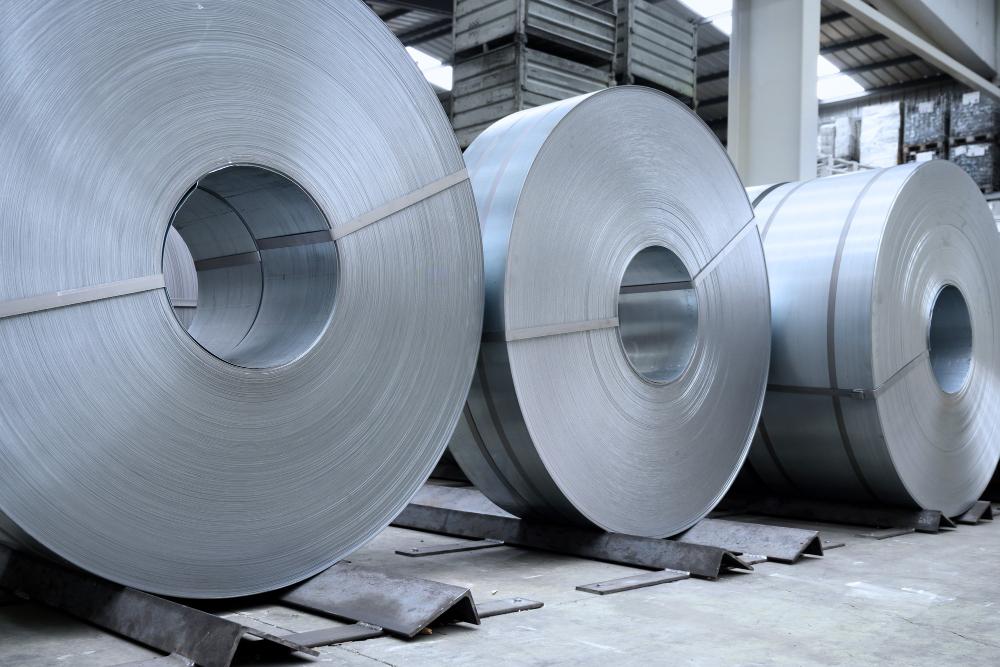Preventing soil erosion, stabilizing grounds in construction sites, and protecting shoreline properties from the ravages of tidal movements and storms. These are a few things that metal sheet piling in the Philippines does. As the country continues to develop and entails more sophisticated infrastructure, the legal and regulatory frameworks guiding the use of metal sheet pilings have become significantly important.
This article explores the regulatory and legal aspects of metal sheet piling in the country, focusing on the necessitated compliance, potential legal issues, and the future implications of regulatory changes in this sector.
Understanding Metal Sheet Piling
Metal sheet piling or stacking involves driving prefabricated sections of metal sheets into the earth to form a continuous, vertical barrier in the ground. The primary function is to hold back earth or water, making it essential for projects like flood defenses, sea walls, and major foundational structures. In a country, where coastal cities face frequent storm surges and high population density, this requires extensive urban infrastructure, sheet piling is integral.
Regulatory Framework
The implementation of this process in construction initiatives across the country is overseen by various government bodies. This includes the following: the Department of Public Works and Highways (DPWH) and the Department of Environment and Natural Resources (DENR). These organizations stringently monitor to confirm that construction methods comply with environmental regulations and sustainability practices for prolonged use. They effectively maintain ecological integrity alongside the progression of infrastructure projects.
Permitting Process
Before starting any project that uses this type of construction, contractors must secure multiple permits. The most essential of these are the Environmental Compliance Certificates (ECC), designed to assess the project’s potential environmental impact, and Building Permits, which verify that the proposed construction complies with local building codes and safety regulations.
The process of acquiring these permits involves the submission of extensive documentation and detailed investigations, including comprehensive soil testing, in-depth environmental impact assessments, and accurate engineering blueprints, all of which are crucial for ensuring adherence to regulatory standards and overall safety.
Standards and Codes
Complying with international construction standards, especially those related to metal sheet piling, is strictly enforced in the country. The Department of Public Works and Highways (DPWH) explicitly specifies these standards. This includes particular grades of metal, defined resistance parameters, and prescribed installation methods that conform to both national and global engineering practices.
The rigorous adherence to these detailed standards is essential for guaranteeing safety, quality, and longevity in construction projects. This ultimately boosts the structural integrity and dependability of the built environment.
Legal Challenges
With rigorous regulations in place, various legal challenges often emerge. One frequent challenge faced by developers is the failure to comply with the strict environmental guidelines outlined in the ECCs. Construction projects that fall short of meeting their required environmental permits are at risk of facing severe legal consequences. These can include sanctions, considerable project delays, and potentially substantial fines. All of which can significantly increase the total costs and prolong the completion timeline of the project.
Additionally, disputes regarding land ownership and usage rights commonly occur in areas where the process of metal stacking is implemented. Because these projects typically span large areas and affect numerous properties, it is critical to ensure that all stakeholders are thoroughly consulted and compensated justly, posing a significant legal challenge. This process demands precise attention to detail and diligent management to avert potential conflicts and legal disputes that might otherwise delay or disrupt important infrastructure developments.
Future Implications of Regulatory Changes
As the Philippines continues to advance its infrastructure, regulatory bodies are consistently evaluating and updating laws governing construction techniques, including metal sheet pilings. Future regulatory changes are expected as part of the country’s commitment to sustainable development and climate resilience. For instance, there might be stricter regulations on the types of metals used, based on their environmental impact, or enhanced guidelines on the recycling and reuse of metal sheets.
Moreover, as the effects of climate change become more pronounced, the legal framework may expand to include more stringent measures to manage coastal and urban areas’ vulnerability, affecting how and where sheet piling can be employed.
Key Takeaways
The regulatory and legal aspects of metal sheet piling in the Philippines are complex but necessary to ensure that this vital construction practice is carried out safely and sustainably. Contractors and developers must navigate a web of permits and regulations, but compliance provides assurance that projects are built to last and do not harm the environment or public welfare.
As the country grows and adapts to new environmental challenges, the regulatory landscape will continue to evolve, guiding the construction industry toward safer, more resilient infrastructure development. Understanding these legalities and preparing for changes in regulations is essential for anyone involved in the construction industry in the Philippines.



